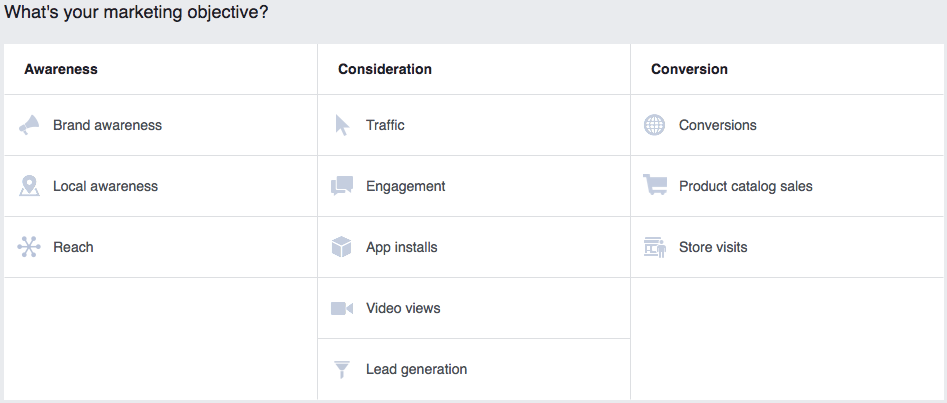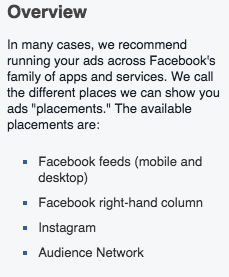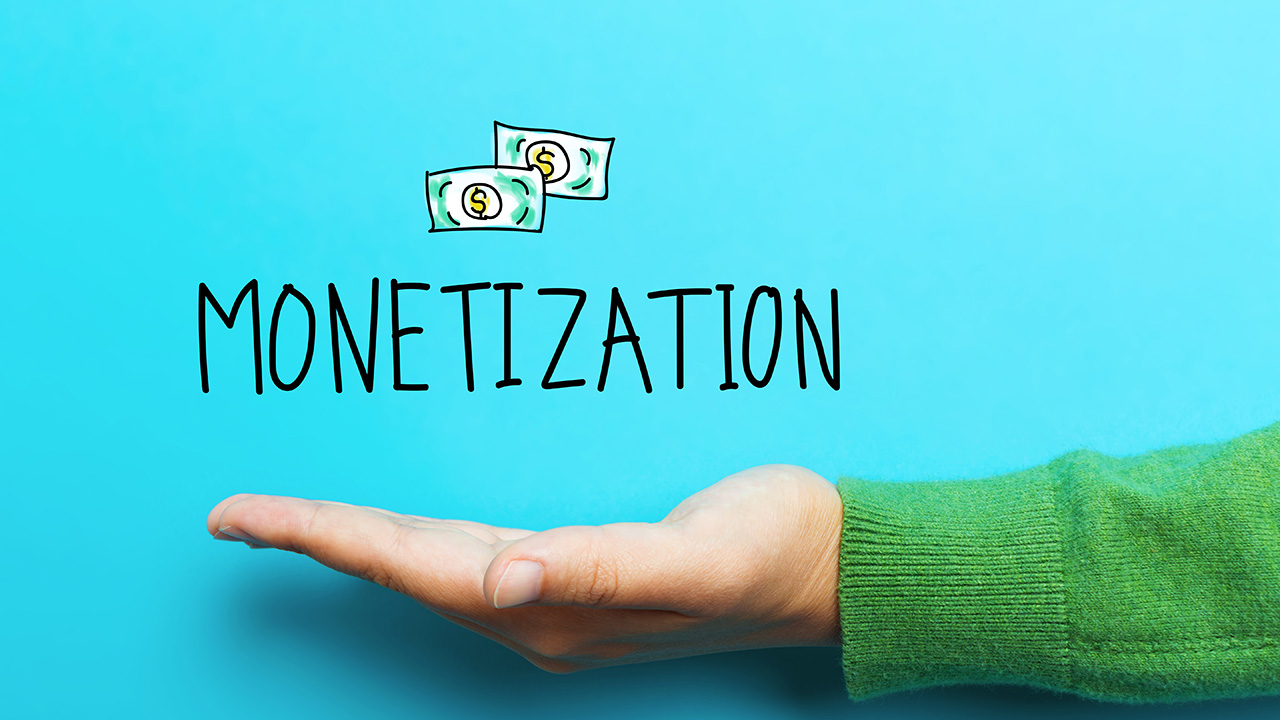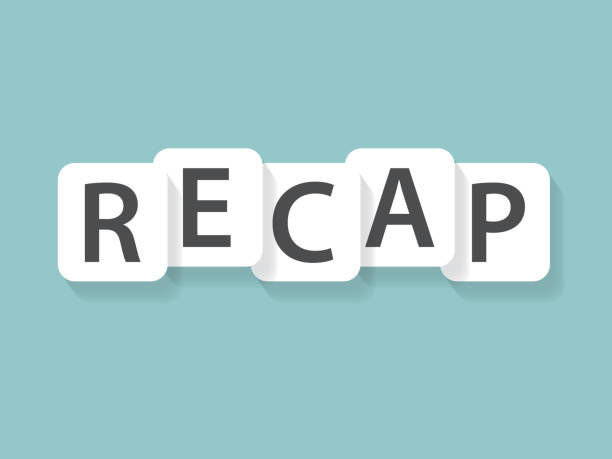
3 questions to ask before you create a Facebook Ad
Advertising is part of our everyday life. Whether it’s billboards on the freeway, ads on the side of a bus, or inserts in your newspaper, businesses are always vying for your attention. Facebook is no different.
Facebook started supporting advertising soon after it launched in February 2004. As the platform has grown and matured over the last decade, so have advertisers, and today the ad platform is utilized by businesses both large and small.
No matter what size your company is, some questions need to be asked regardless of whether you’re running a multimillion-dollar campaign or creating your first ad on Facebook.
What are you trying to accomplish with your Facebook Ad?
There are several advertising options you can choose from when creating an ad on the Facebook platform. You’re provided with 11 different choices that will more than likely meet your advertising objectives. From brand awareness to app installments to conversions, make sure to choose the one that fits your goals to leverage Facebook to the maximum.
Where do you want your Facebook Ad to appear?
Facebook provides the ability to place your ad on the right side of the feed (right rail), in a user’s news feed, or both options simultaneously. Depending on your ad, you also have the option to advertise on multiple platforms, like Instagram and the Audience Network. There are pros and cons to each placement.
The benefit of news feed placement of your ad is that the ad appears right in your followers’ news feeds where they spend the most time looking. If they’re skimming their news feed, they will most likely run into your ad if they’re in your target audience. But this could also be seen as a con to some. When some people see these ads in their feeds they perceive them as spam.
The benefit of right rail placement is that ads may be perceived as less intrusive than their news feed counterparts. But again, from your perspective as an advertiser this ad placement may be less desirable. Some Facebook users disregard the right rail all together because they know that’s where the ads are.
For all situations it’s a good idea to test your options and continue with the ad placement that performs best. You can also try boosting organic posts and comparing those results against your placed advertisements.
How do you want to pay for your ad?
Facebook provides many different options when it comes to paying for your ad. One option that is available for any of the eight ad choices is Cost Per Click (CPC). Other options for specific ads include Cost Per Thousand Impressions (CPM), bid for Page likes, bid for Page post engagement, bid for website conversion, bid for desktop app installs, bid for app engagement and bid for event responses. Since most small business owners will be focusing on the “clicks to website” ads, we’ll concentrate on the CPC and CPM payment options.
If you’re trying to drive traffic to your homepage or a special promotional landing page, the CPC option might be your best bet. If you’re trying to raise awareness of a new product or service then CPM might work best. Again, there are particulars to each option that you should be aware of.
If you choose CPC, you will be charged for every click from Facebook to your chosen destination. Whether they go deeper once they hit your website makes no difference. You could have a very high bounce rate on your site and you would still be charged. So make sure you have a strong call-to-action (CTA) once they come to your site. That way you won’t be paying for unqualified traffic to you web properties.
If CPM is more aligned with your goals, you will be charged every time 1,000 Facebook users see your ad. Just be advised that “seeing your ad” does not mean the user actually looked at your ad. All it means is that the ad was served up on the Facebook user’s account so that they have the possibility to see the ad. This makes some people uncomfortable because they don’t have hard data backing who actually viewed the ad. This is why if you choose the CPM option, you have to make sure the creative for your ad is compelling and engaging to make the user more likely to remember your brand.
Remember, your business and your goals are unique — you may choose only to advertise on Facebook or you may find Instagram offers more options; you may see great success with Facebook’s recommended settings or you may want to customize your ad experience. These three questions will help you get started as you create an ad on Facebook.
Guide to Facebook Advertising
Editor’s note: This blog post was originally published in March 2014 and has been revamped and updated for accuracy and relevance.
© 2017 – 2018, Contributing Author. All rights reserved.


 DOWNLOAD FREE EBOOK
DOWNLOAD FREE EBOOK 


